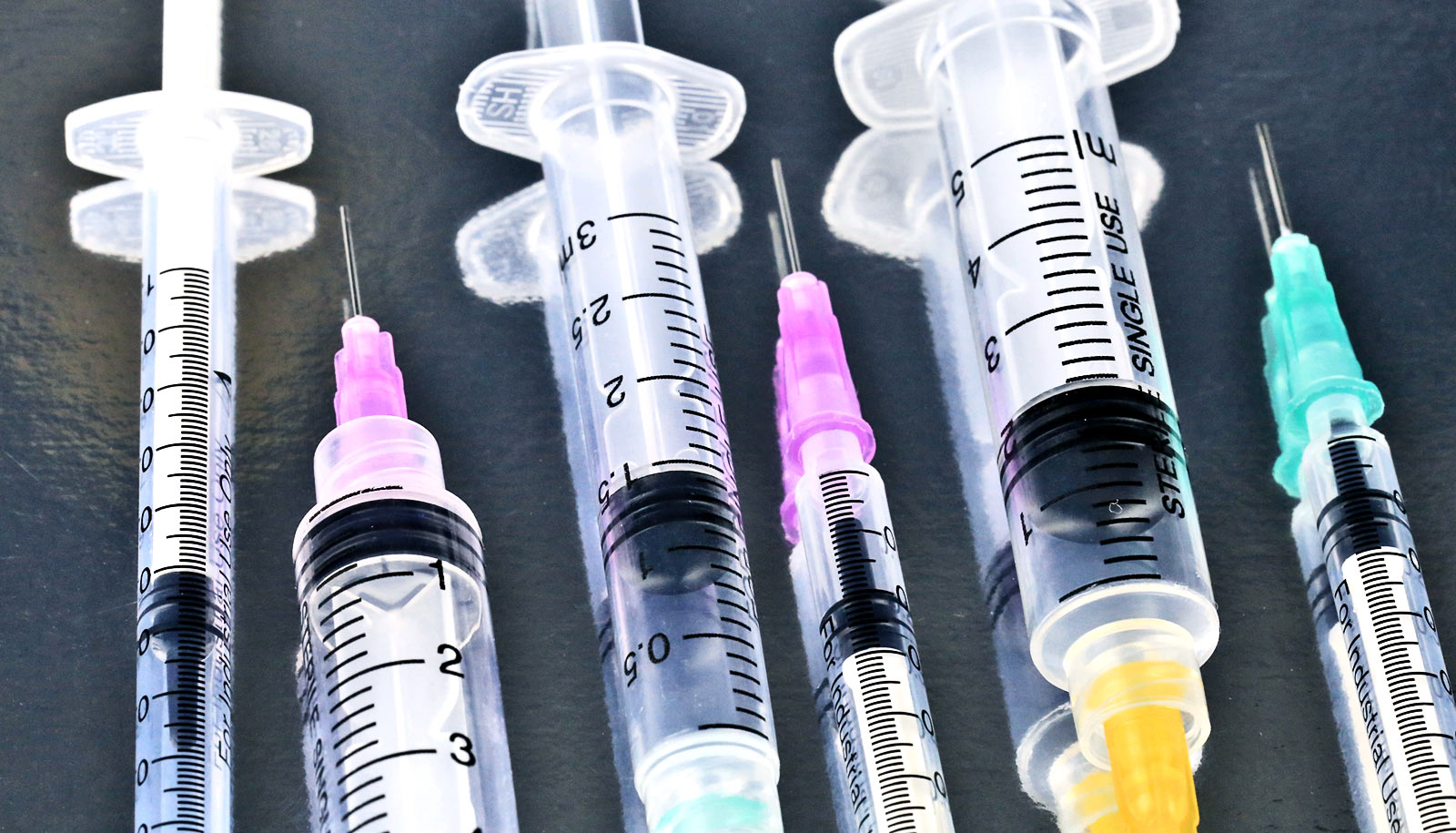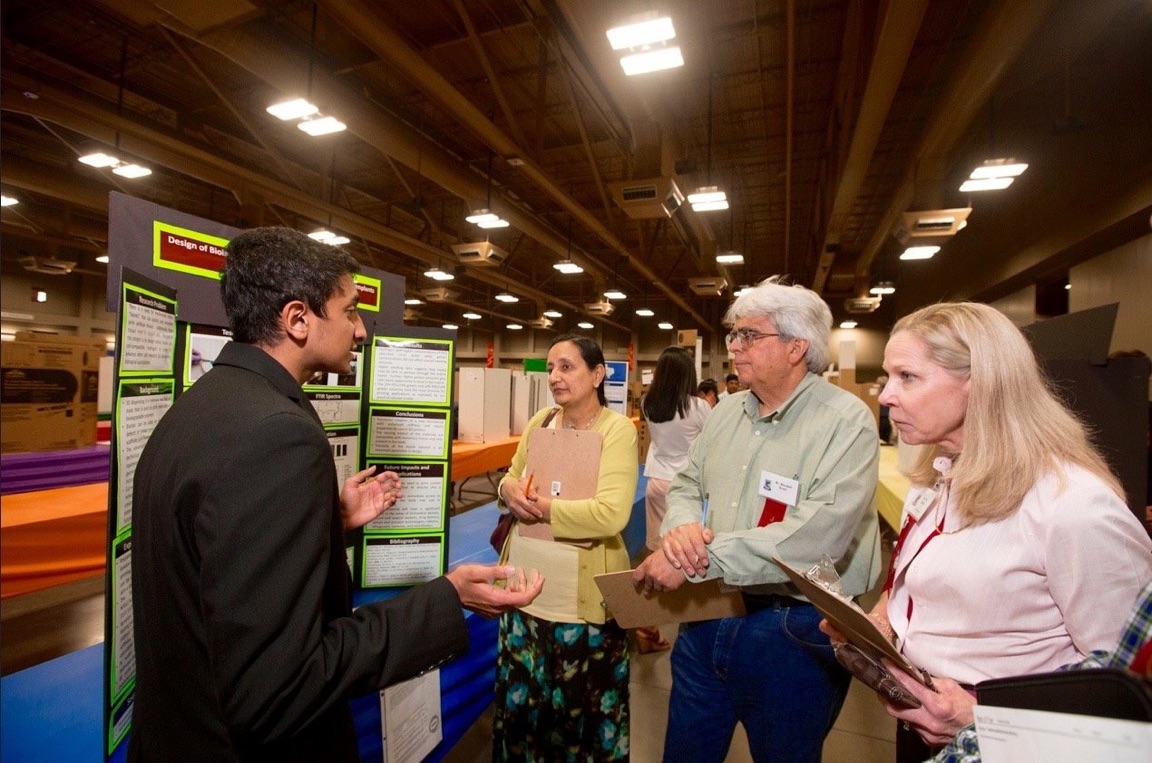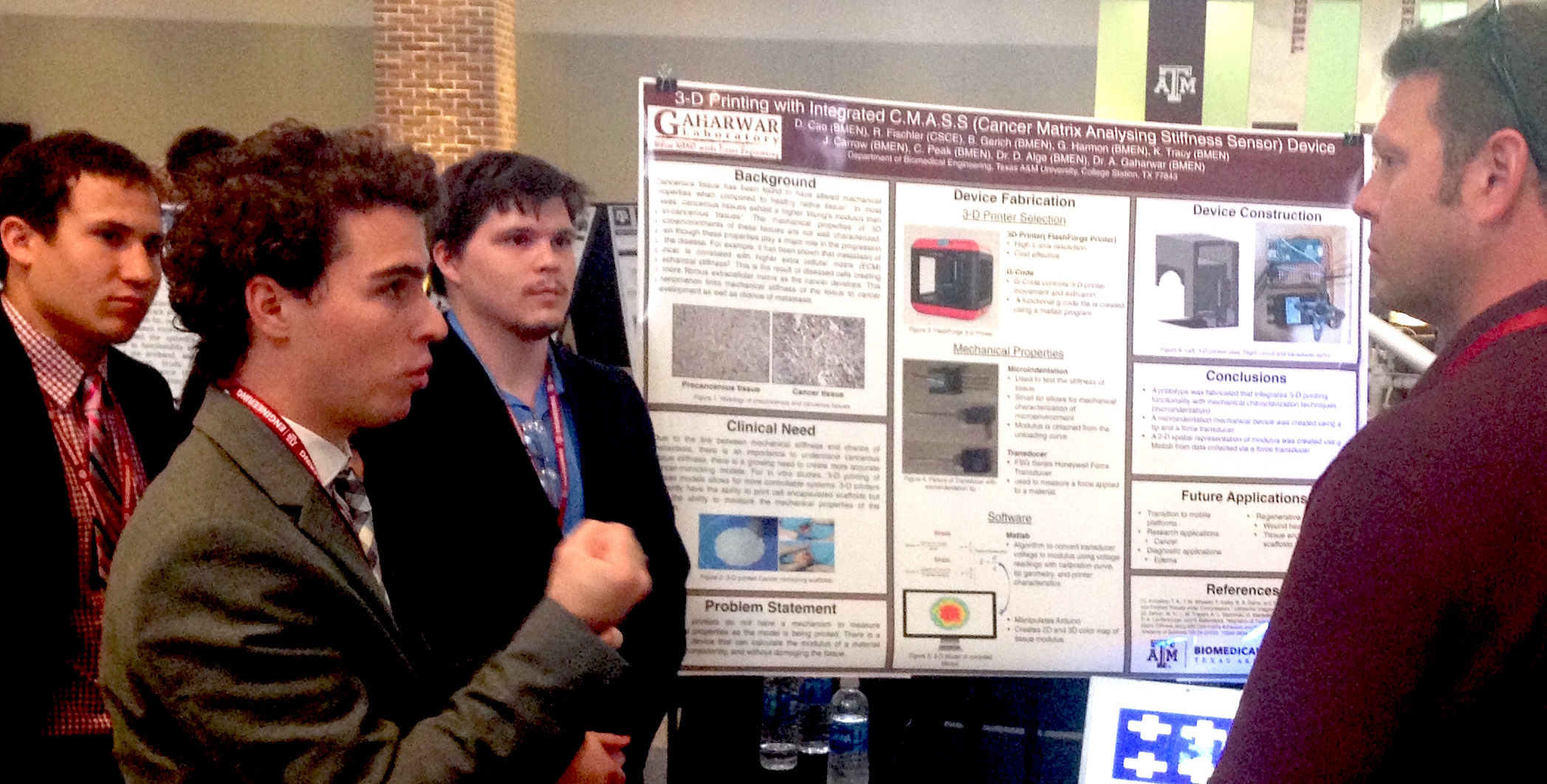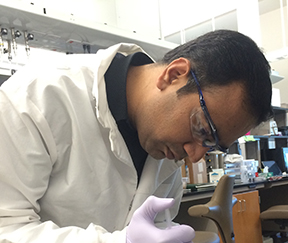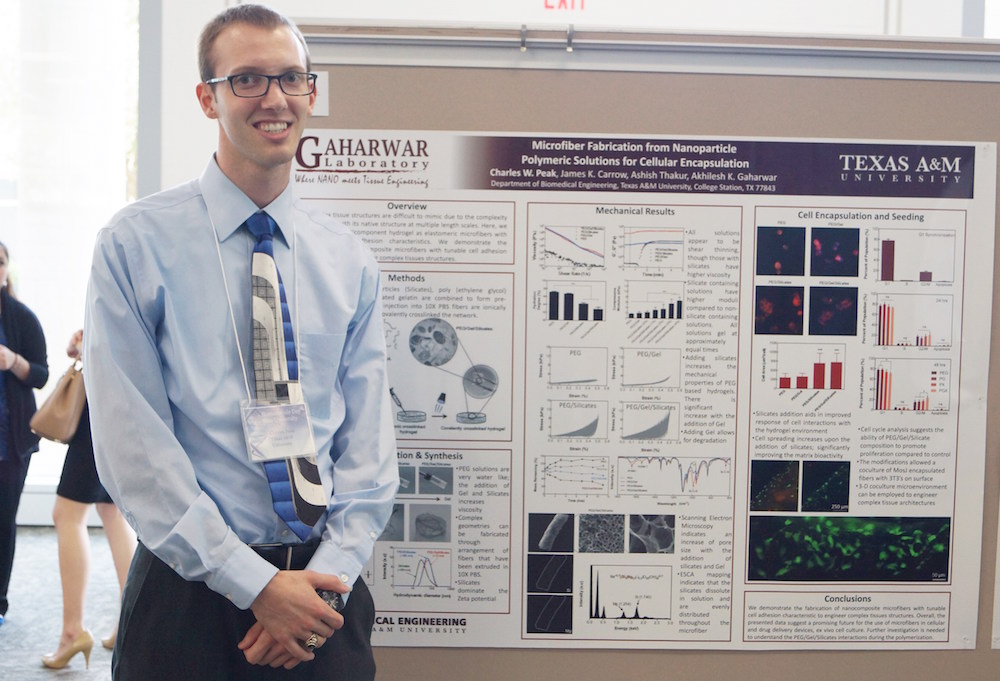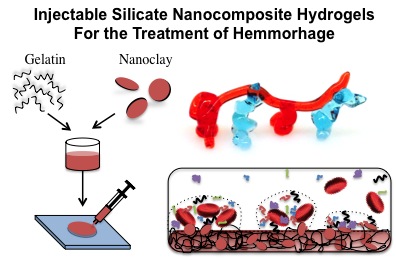Led by Dr. Akhilesh K. Gaharwar, a team at Texas A&M University has developed a method that employs 2D nanoparticles to promote blood vessel growth
Researchers have created an injectable bandage to stop bleeding and promote wound healing.
Sujay Shankar has been honored with several awards at the Austin Energy Regional Science Festival for his research project developing biomaterials for medical implants. Sujay won the Austin Energy Best of Fair Award, the First Place in Senior Division, the ASM Material Education Foundation Award, ISWEEP Award and the U.S. Navy/Marine Science Award for his project. He has also been…
Our recent work “Vacancy-Driven Gelation Using Defect-Rich Nanoassemblies of 2-D Transition Metal Dichalcogenides and Polymeric Binder for Biomedical Applications” published in Advanced Materials, takes a new approach of forming synthetic gel-like environments to house human cells.
A new method for manipulating the gel-like environments that house stem cells could help researchers direct the growth of these versatile cells into bone, tendon, tissue or other specific lineages, says a Texas A&M University biomedical engineer who has developed the approach. Working with collagen-based hydrogels, which are biodegradable gels used in a number of biomedical applications because of their…
Congratulations to Charles Peak and Ramanathan Yegappan for being finalist - Biomaterials Day at Rice University, Houston. (June 2015)
Internal bleeding is a leading cause of death on the battlefield, but a new, injectable material developed by team of researchers from Texas A&M University and the Massachusetts Institute of Technology could buy wounded soldiers the time they need to survive by preventing blood loss from serious internal injuries.
Punyavee Kerativitayanan (graduate student) presented her research work entitled “Engineering Elastomeric and Mechanically Stiff Nanocomposite by Covalently Crosslinking Poly(glycerol sebacate) and Silicate Nanoplatelets” at the 247th ACS National Meeting & Exposition, Dallas (2014)
Contratulations to Prachi Desai and Janet Xavier for being finalist - Biomaterials Day at Texas A&M University



